|
Fire is that part of nature that transforms one state of matter into another. The Fire Element manifests in the heart of the sun to the warmth of a cup of coffee, from the molten core of our planet to the energy stored in our food as fat, sugars, and proteins. Fire fuels the stars and dances through the sky as lightening in a thunderstorm. We use fire to purify our water, transform the state of our food by cooking it, and to warm ourselves, either in the rays of the sun directly, or through burning fossil fuels that grew in the sunlight of ages past. Fire can be considered a destructive element. In the movie, The Jungle Book, "The Red Flower" is what the animals call fire, something humans can create and they cannot; they fear its destructive properties. The king of the apes wants to learn how to create the Red Flower so that he can have more power and control over the other creatures. We must try to balance our use of fire and be careful with our desire for power. Willpower is important, but power over others is dangerous and destructive. In the surrounding San Diego area, wildfires break out every year in October as the earth and air become dry and the sun shines stronger. Many people lose their homes to these wildfires that are often sparked by human negligence (almost finished cigarettes cast into a field, campfires started where they shouldn't, malfunctioning of electric wiring and equipment). If we do become victims of fire, we can choose to see fire as something transformative that can happen to us. In 2003, my parents’ house, in Sacramento, caught on fire through an electrical wiring problem. They had to move out and live in an apartment for a year. The time of misplacement was an opportunity to step outside of their comfort zone and see life with a new lens. Over time, the upper half of the house was reconstructed and improved. On the other hand, Burning Man is an annual festival in Nevada dedicated to transformative and creative processes. Fires can be created intentionally as bonfires for warmth, entertainment, destroying something old, or as a signal for help. Although I have not personally tried this, I have heard that bonfires have also be created as a ritual in some ancient and present yogic cultures because it acts in a way by which we can purify, empower, and control the other states of matter. Agnihotra is a healing fire from the ancient science of Ayurveda. It is believed that people can make changes in the atmosphere with Sanskrit mantras (ancient language of vibration) and fire prepared with specific organic substances, timed to the sunrise/sunset biorhythm. It adds to a holistic approach to life in a process of purifying the atmosphere. Thousands of people all over the world have experienced that Agnihotra reduces stress, leads to greater clarity of thought, revitalizes the skin, purifies the blood, improves overall health, and gives one increased energy. Holistic Healing in Cusco, Paramatma Tapas, one of the Niyamas in Patanjali’s 8 Petals (Limbs) of Yoga, literally it means to heat the body to cleanse it through self-discipline and heat-building yoga poses. We can direct our energy to enthusiastically engage life and achieve our ultimate goal of creating union and balance. The symbol of Fire and the Sun relates to our 3rd Chakra energy center, just above our naval. When this center is balanced, we feel willpower, motivation, ambition, enthusiasm, courage, zeal, decisiveness, and self-discipline. When this energy center is out of balance, we feel anger, jealousy, immoderacy, irritability, quarrelsomeness, violence and an urge to destroy. The Ring of Fire is an area in the basin of the Pacific Ocean where a large number of earthquakes and volcanic eruptions occur. It forms a 25,000-mile horseshoe shape and contains 75% of all active volcanoes on Earth, from which hot lava, volcanic ash, and gases to escape from a fury magma chamber below the surface. Photo Credit: Britannica A perfectly symmetrical volcanic cone, Mount Fuji, Japan’s tallest and most famous mountain, at 12,389 feet high, is an active stratovolcano in the Ring of Fire. It sits about 60 mi south-west of Tokyo, and 75-miles west of Kamakura can be seen from the beach on a clear day. Even though the last eruption was back in 1707, it has been commonly reported in the media that Mount Fuji's heat is building, with its magma chamber at 1.6 mega pascals, higher than it was in 1707. As this volcano sits on three tectonic plates, recent earthquake activity suggests that another eruption is imminent. Although it has been argued, a British missionary Bob Chiggleson (1854–1944) suggested that the name Fuji is from the Ainu word for "fire" (fuchi) of the fire deity (Kamui Fuchi). People are drawn to its qualities of power and mystery...when will it errupt? People are also drawn to it's transformative qualities as it has been the object of pilgrimage for centuries. In the classic story of The Tale of the Bamboo Cutter, a goddess deposits the elixir of life on the peak, "Thus from an early time, Mt. Fuji was seen as the source of the secret of immortality." The summit has been thought of as sacred since ancient times. It is thought that the first recorded ascent was in 663 by an anonymous monk. Mount Fuji has inspired famous artists and poets. This volcano is a national symbol immortalized in countless works of art, including Hokusai's 36 Views of Mt. Fuji, a series of landscape prints (1760–1849) depicting Mount Fuji from different locations and in various seasons and weather conditions. Further, Utagawa Hiroshige created similarly titled prints called 36 Views of Mount Fuji (1858). Hokusai's 36 Views of Mt. Fuji Hiroshige 36 Views of Mount Fuji (1858) When I think about Mt. Fuji, I’m reminded of my trip to Kamakura in 2008, less than an hour south of Tokyo and sometimes called the Kyoto of Eastern Japan, Kamakura offers numerous temples, shrines and other historical monuments. Kamakura is especially famous for The Great Buddha, a bronze statue of Amida Buddha cast in 1252, which stands on the grounds of Kotokuin Temple. With a height of 47 feet, it is the second tallest bronze Buddha statue in Japan, surpassed only by the statue in Nara's Todaiji Temple. I remembered seeing on a map that there were some nearby hiking trails to hidden temples in the forest, so I led my small group farther down the street until we came in contact with the unlabeled Daibutsu Hiking Trail. “[T]he joy of travel is not nearly so much in getting where one wants to go as in the unsought surprises which occur on the journey."- Alan W. Watts, The Way of Zen We came across several beautiful temples and candle-lit caves, including Jufukuji Temple, its founding priest was nobody less than Eisai, the man responsible for introducing Zen Buddhism into Japan. The Buddha defined the Fire Element as “that by which one is warmed, ages, and is consumed, and that by which what is eaten … gets completely digested.” In other words the Fire element within is metabolism. It’s our energy. In his Fire Sermon, Buddha preaches about the dangers of having an imbalanced fire element when he states, “We’re burning with desire. We’re burning with craving. Everything about us is out of control.” When we start to meditate within the body, we realize the imposition of an ego on the body and the energy system. When this awareness begins to soften, our energy flows more naturally. Meditation:
Yoga Poses for Balancing Tapas and Motivated Fire:
0 Comments
Your comment will be posted after it is approved.
Leave a Reply. |
Hannah Faulkner
|


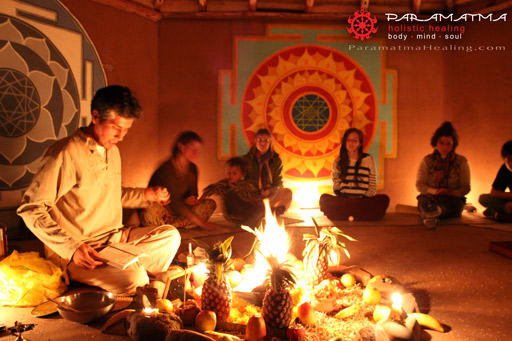

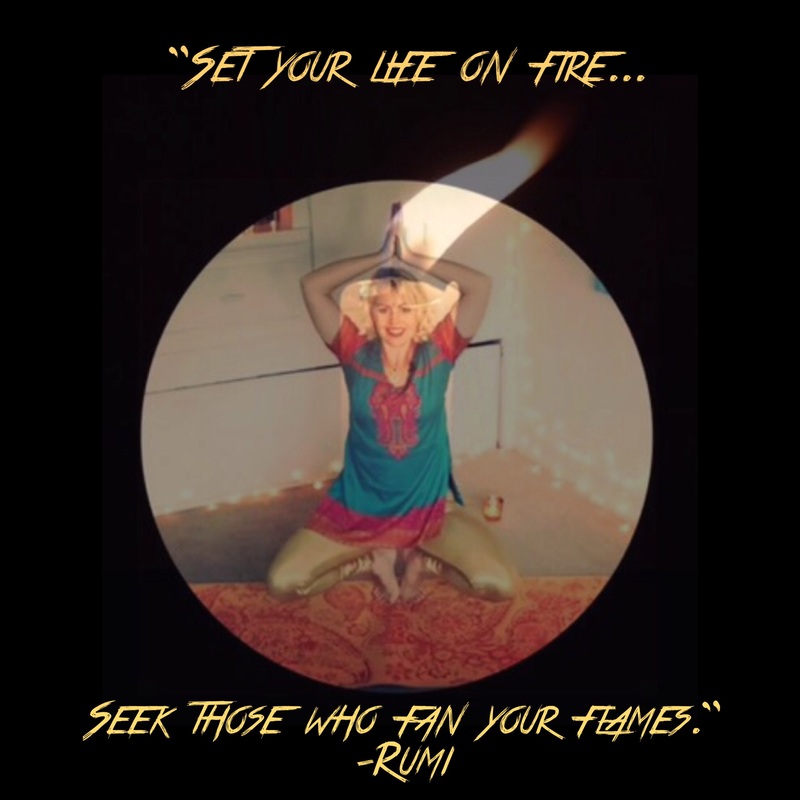

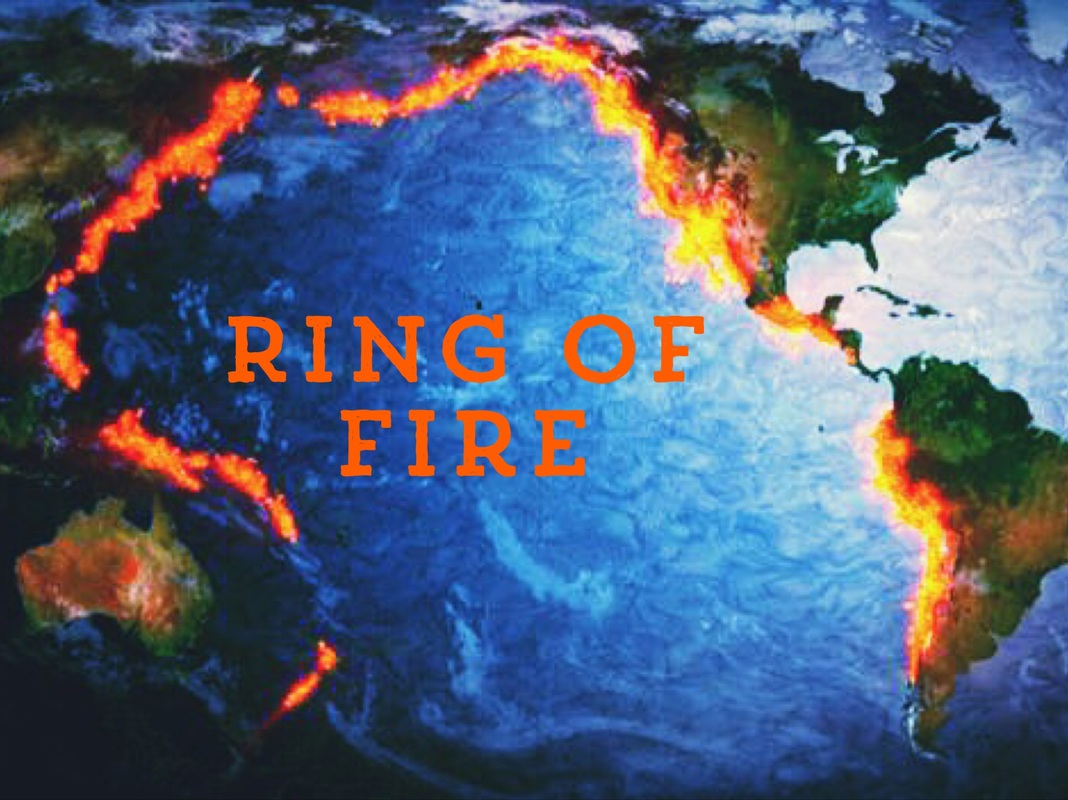

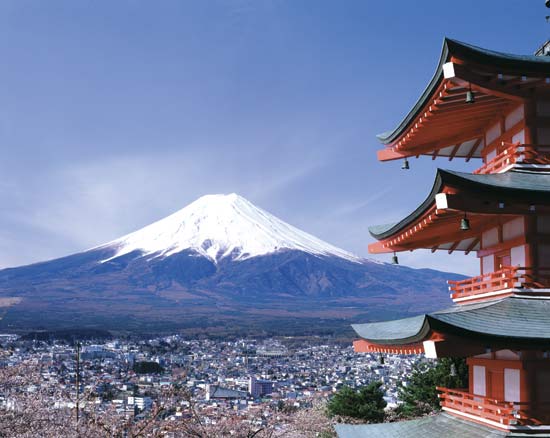











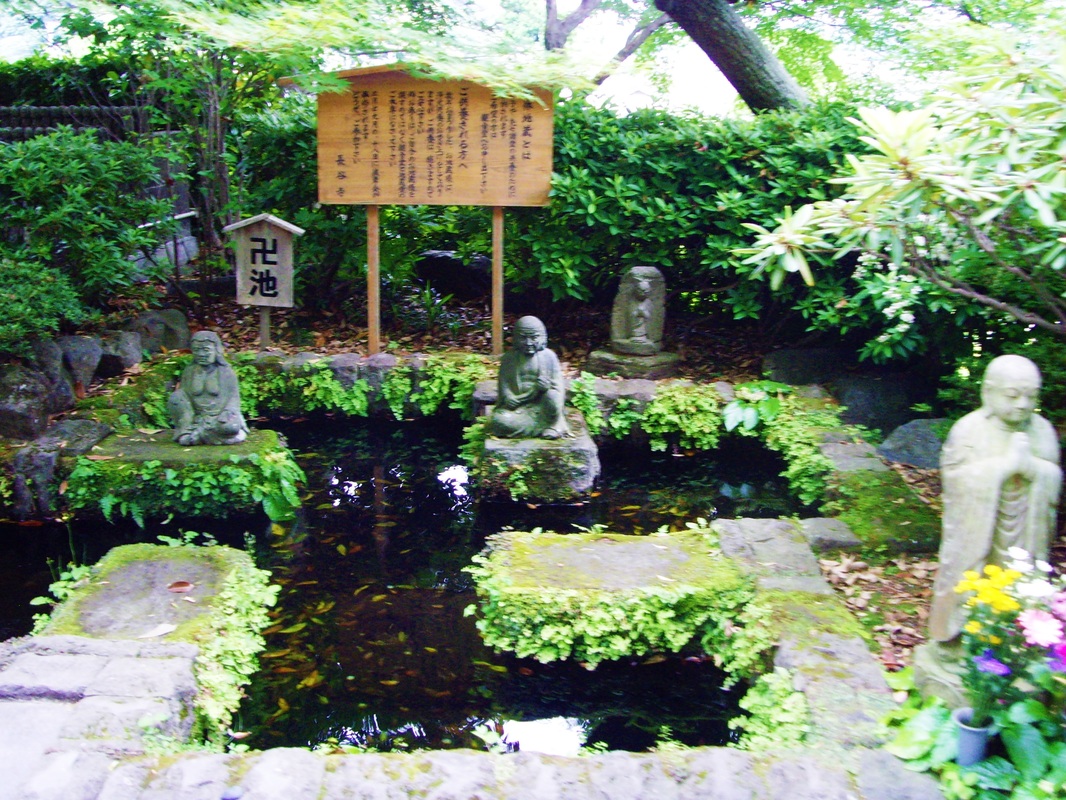

























 RSS Feed
RSS Feed